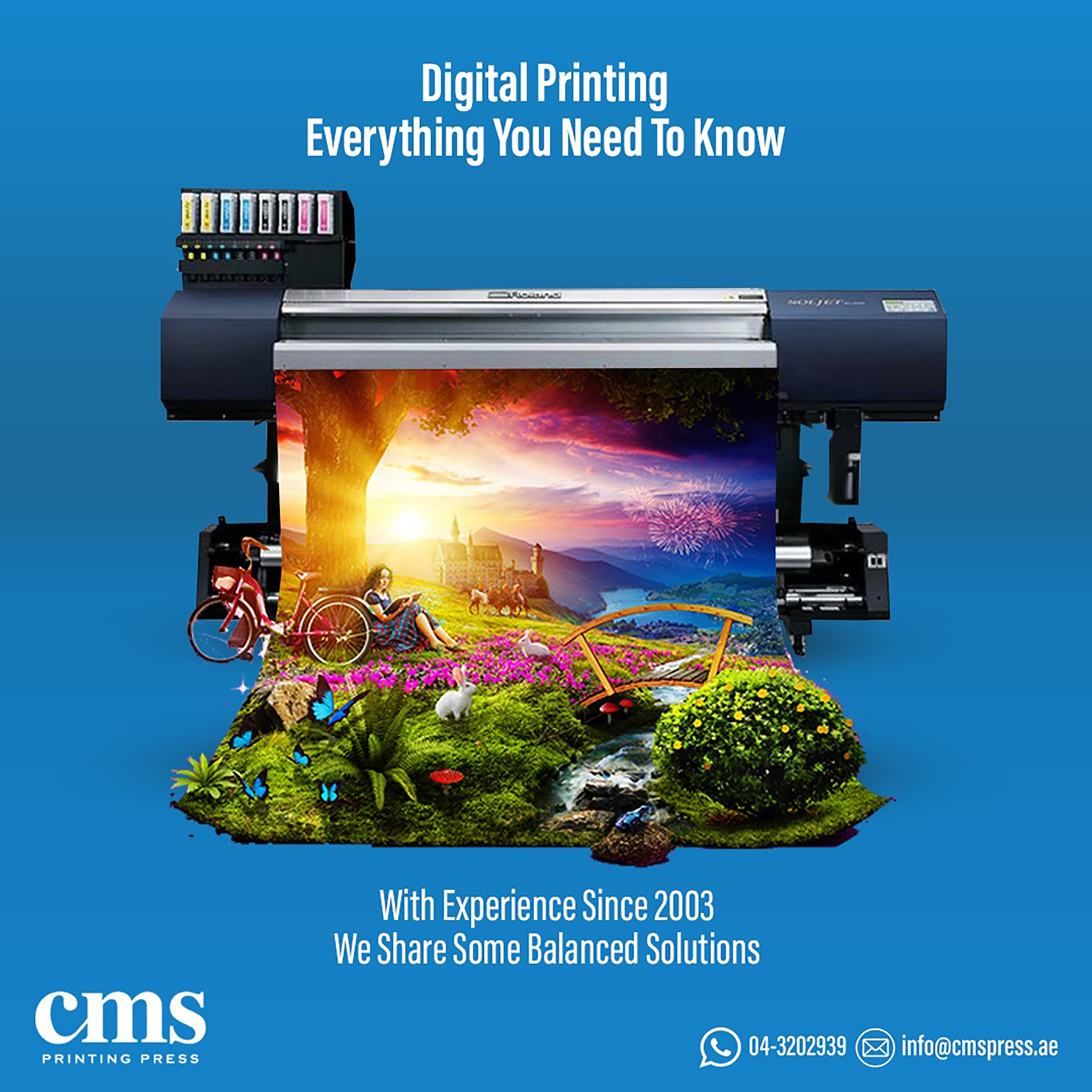Stay ahead with smart pricing strategies in print on demand stores.
Stay ahead with smart pricing strategies in print on demand stores.
Blog Article
Understanding How Digital Printing Reinvents the Printing Sector
The printing industry, long steeped in typical methods, is undergoing a radical improvement with the advent of digital printing. With its possible to spur involvement via individualized content and to use sustainable solutions, it's clear that electronic printing is even more than a technological development; it's a pivotal game changer.
The Development of Digital Printing: A Brief Summary
Considering that its creation, electronic printing has gone through substantial improvements, constantly reinventing the printing market. With the arrival of the 90s, digital printing technology began to develop, and the sector witnessed the introduction of straight imaging presses, which got rid of the requirement for publishing plates. As the brand-new millennium unfolded, innovations in innovation better stimulated the development of electronic printing, leading to the production of high-speed inkjet printers.

Unpacking the Technology Behind Digital Printing
Diving right into the ins and outs of electronic printing innovation, one comes across a rich tapestry of sophisticated machinery and complex algorithms. At the heart of this process lies a digital image, which is processed by software application that divides it right into a grid of dots. This complex system, boosted by advanced software program and high-resolution imaging, has actually transformed the landscape of the printing market, paving the way for extraordinary degrees of detail and precision.

The Benefits of Digital Printing for Businesses
Understanding the modern technology behind electronic printing offers a clear image of its accuracy and detail. For businesses, this converts into numerous advantages. Electronic printing offers unprecedented speed, allowing firms to meet tight target dates without endangering on quality. Next, it minimizes costs as there are no plates or physical configuration, making it best for small-volume printing tasks. Moreover, this innovation provides premium consistency with each print output, removing variants usually seen in typical methods. Digital printing is ecologically friendly, using much less ink and producing much less waste. Nevertheless, the full capacity of electronic printing is realized when utilized for personalization and customization, a subject that will be covered detailed in the following area.
The Role of Digital Printing in Customization and Personalization
While conventional printing approaches battle with customization and personalization, digital printing succeeds in these areas. It enables the simple modification of styles, without the requirement for expensive and time-consuming plate changes (print on demand). This enables services to tailor items to private consumers, conference particular requirements and improving customer complete satisfaction
Digital printing additionally permits variable information printing, where elements such as message, graphics, and pictures may be changed from one printed piece to the following, without reducing down the printing procedure. This is particularly useful for straight marketing projects, where customized messaging can considerably improve action prices. By doing this, electronic printing not you could try here just transforms the printing industry yet also changes the means businesses communicate with their consumers.
Evaluating the Environmental Effect of Digital Printing
Although electronic printing has been admired for its function in modification you can try this out and customization, it is vital to analyze its ecological influence. Digital printing can be less inefficient than traditional techniques, because it operates a 'print on demand' basis, removing the requirement for huge print runs that can lead to surplus and waste. Furthermore, it utilizes fewer chemicals and creates less unpredictable natural substances (VOCs) contrasted to balance out printing. The energy usage of electronic printers can be high, leading to increased carbon impact. In addition, the use of non-recyclable printing parts and the challenge of e-waste management pose significant ecological problems. As a result, see this site while digital printing has several benefits, its environmental influence has to be conscientiously handled.
Conclusion
To conclude, digital printing has changed the printing market, using rapid, cost-efficient, and premium services. It assists in customization, enhancing client involvement, and uses a sustainable print-on-demand version. As this innovation continues to develop, its effect on service communication, consumer complete satisfaction, and environmental sustainability comes to be significantly profound. Comprehending these adjustments is critical for companies to take advantage of the benefits of electronic printing effectively.
Report this page